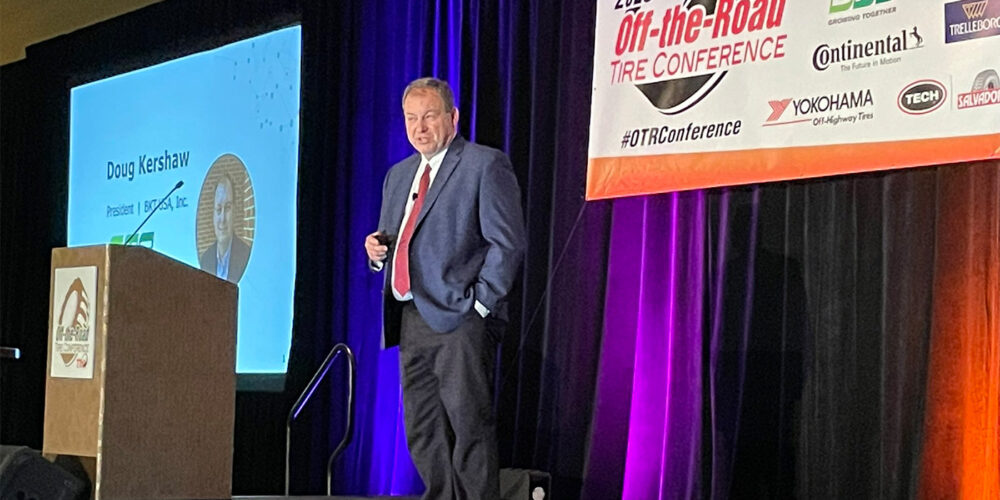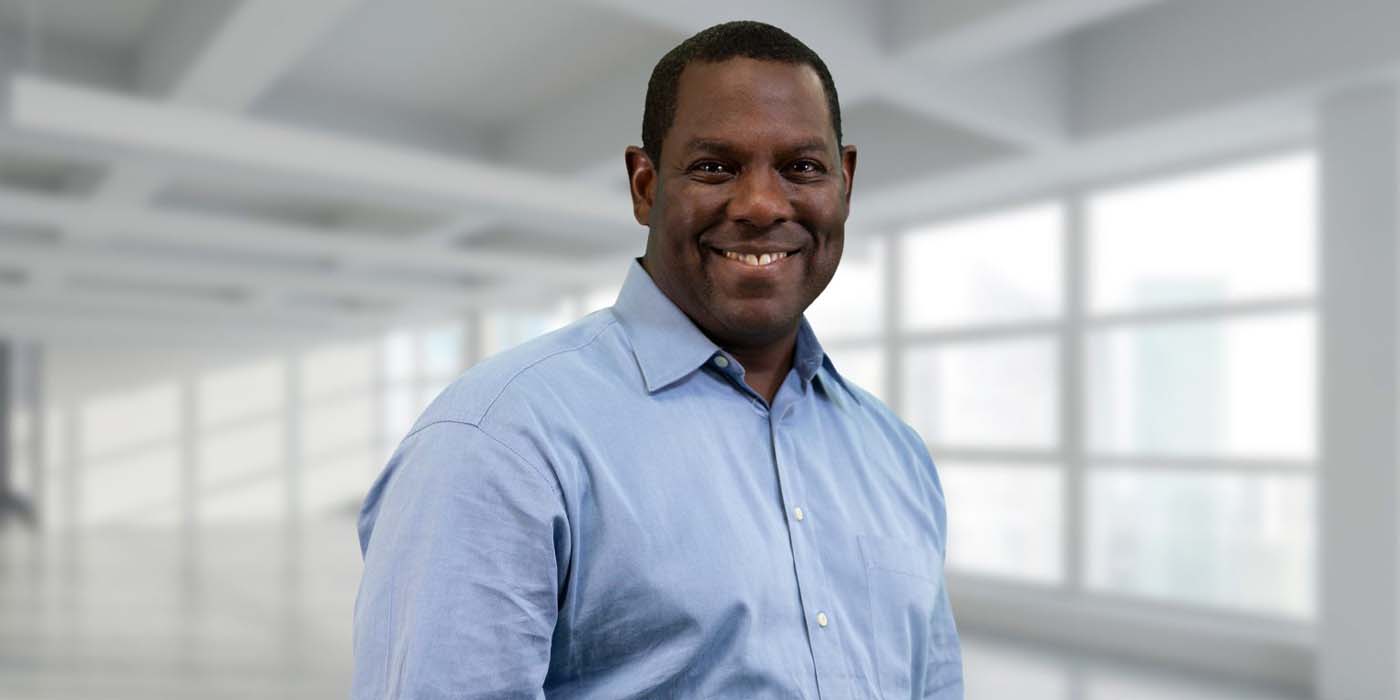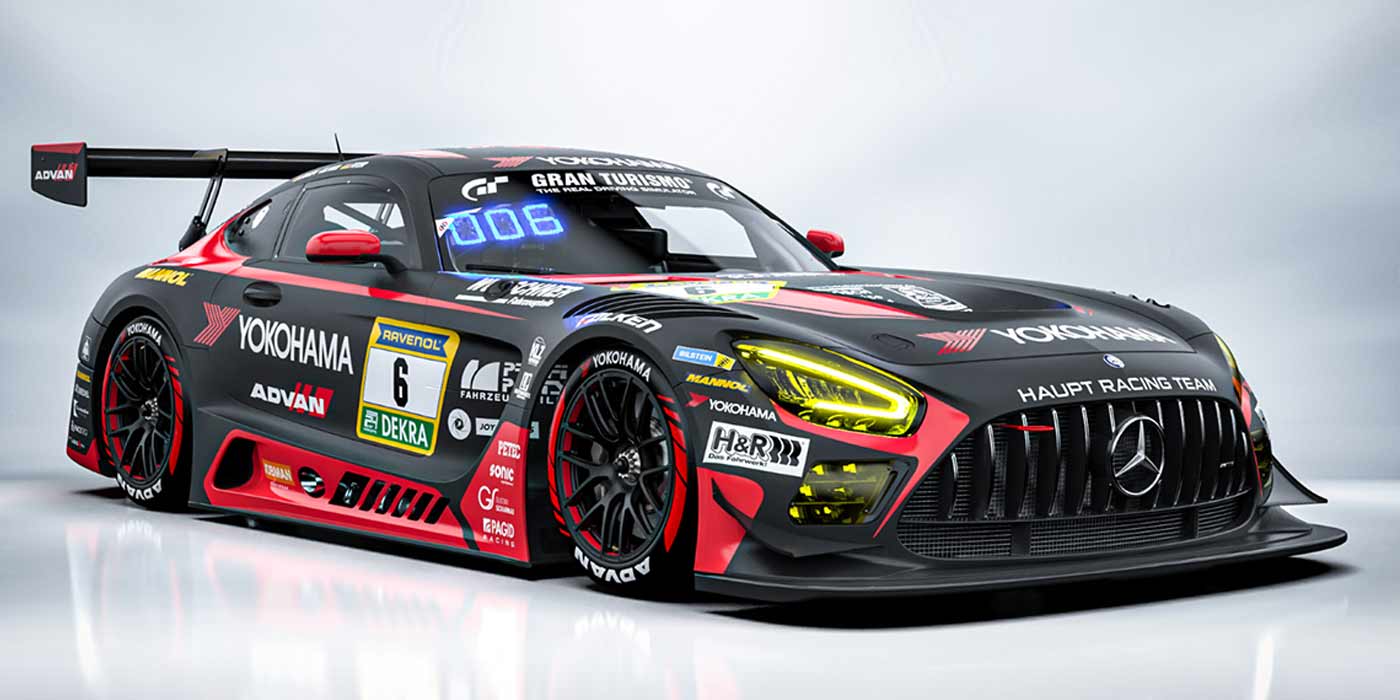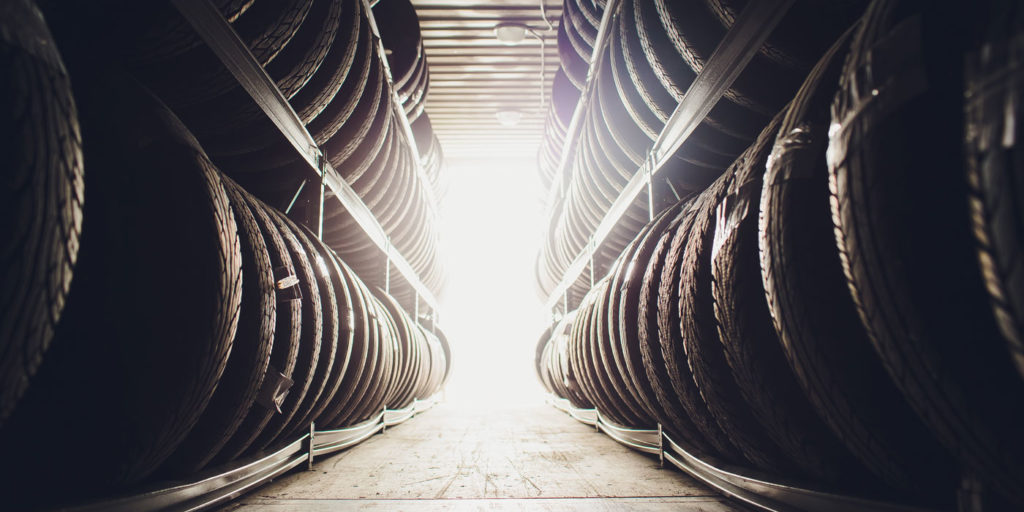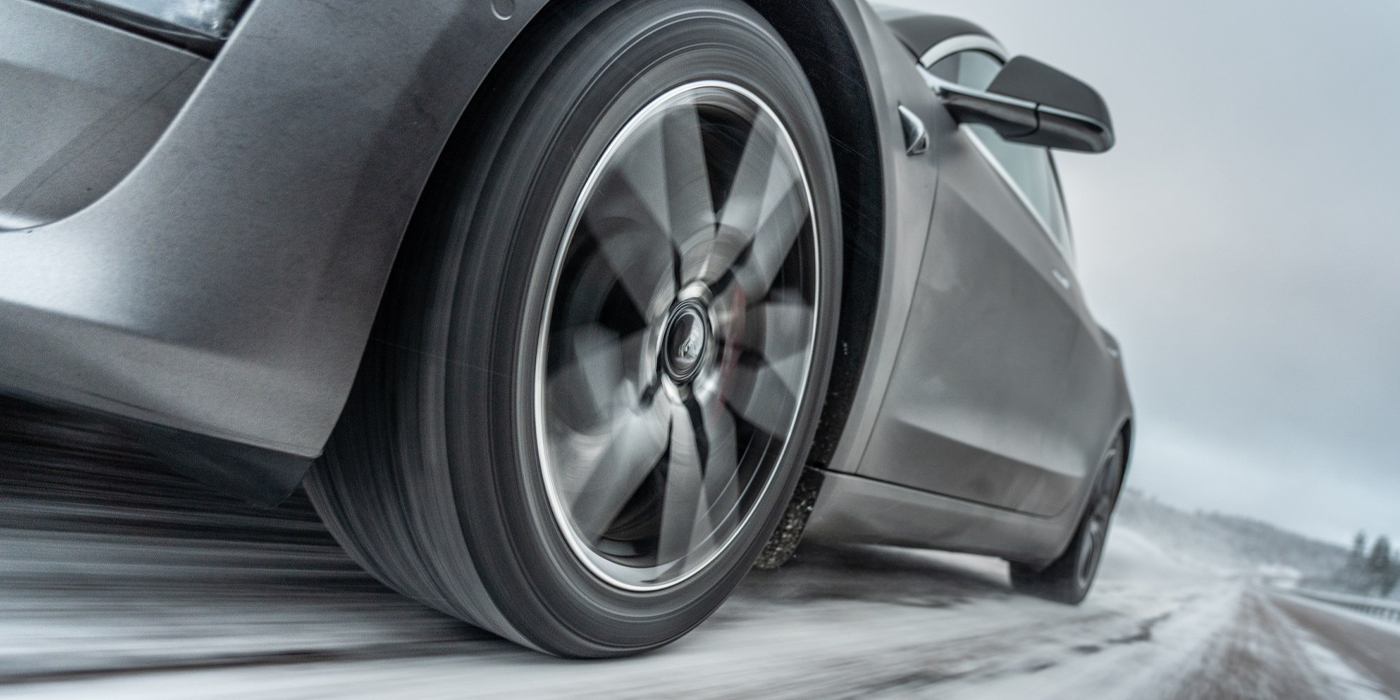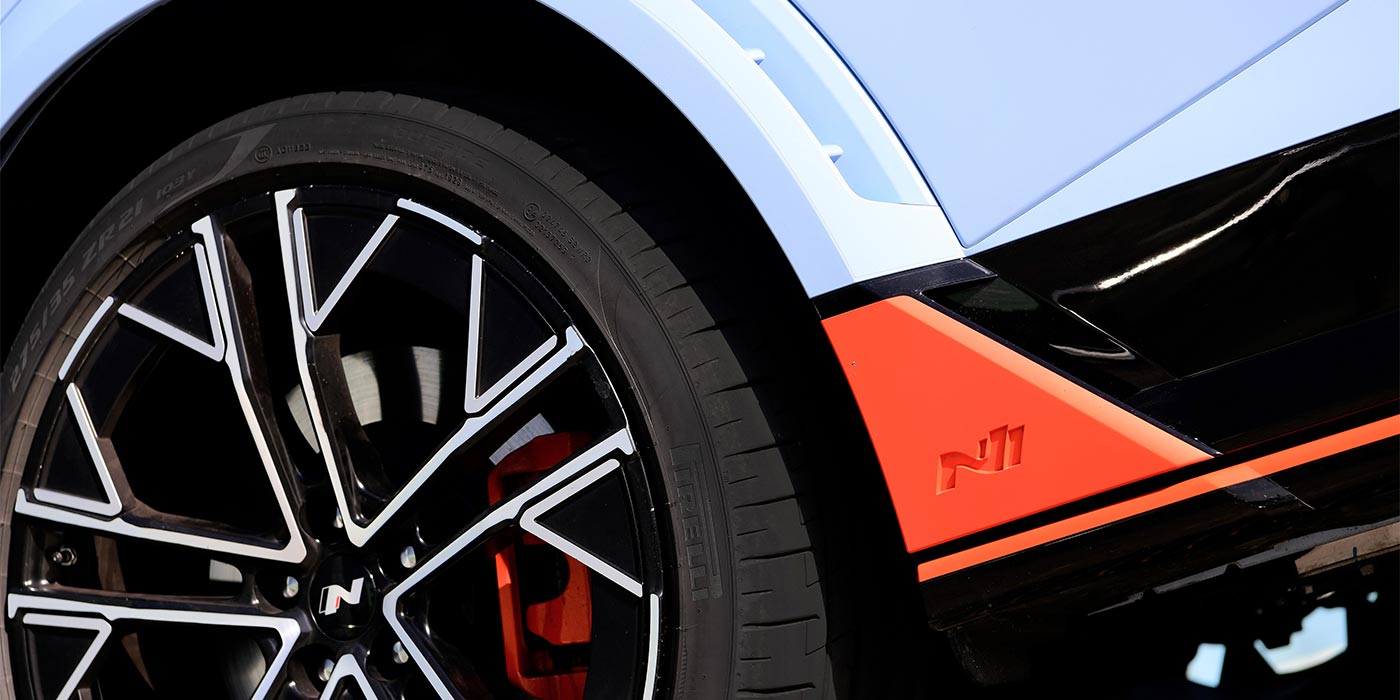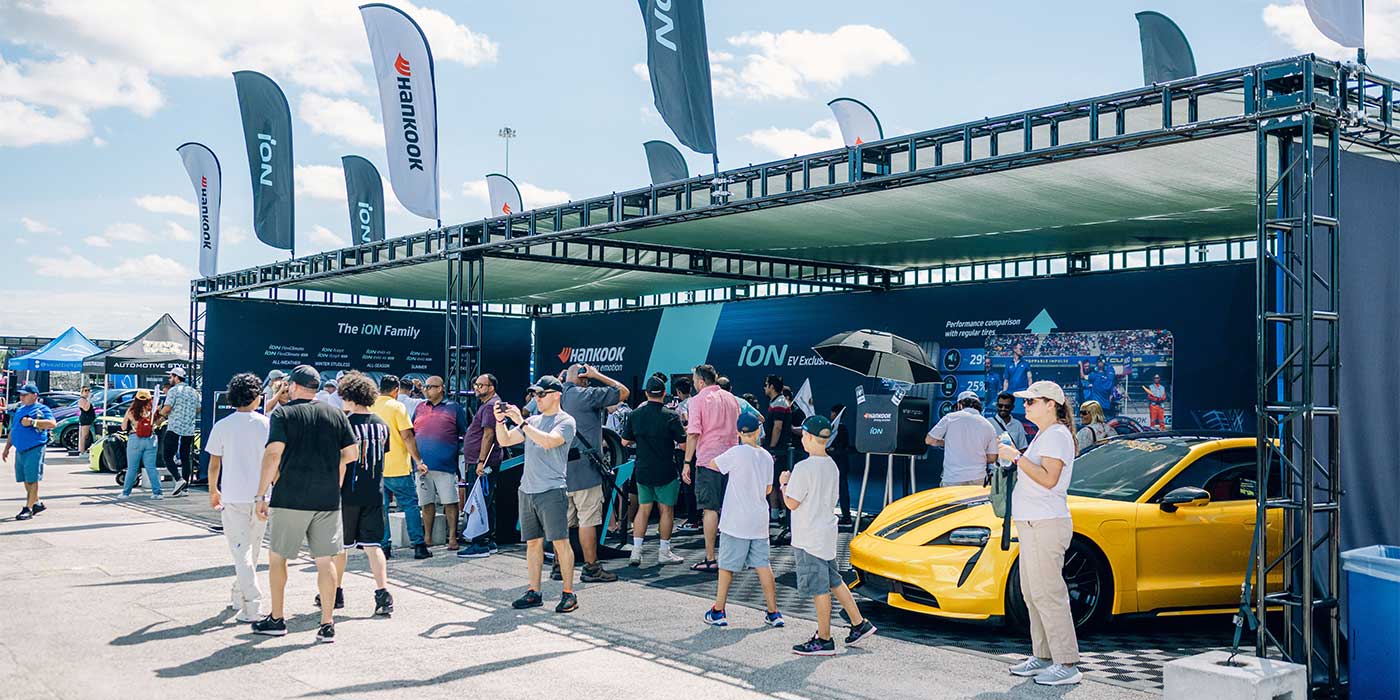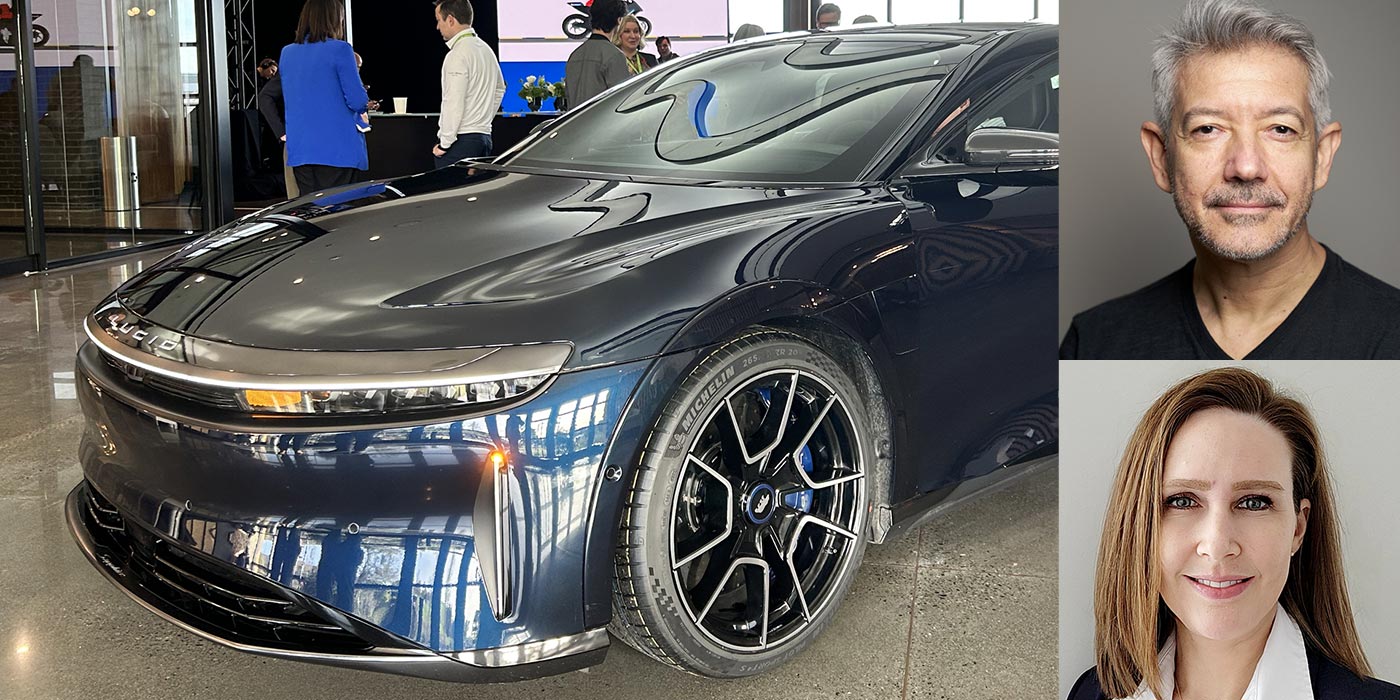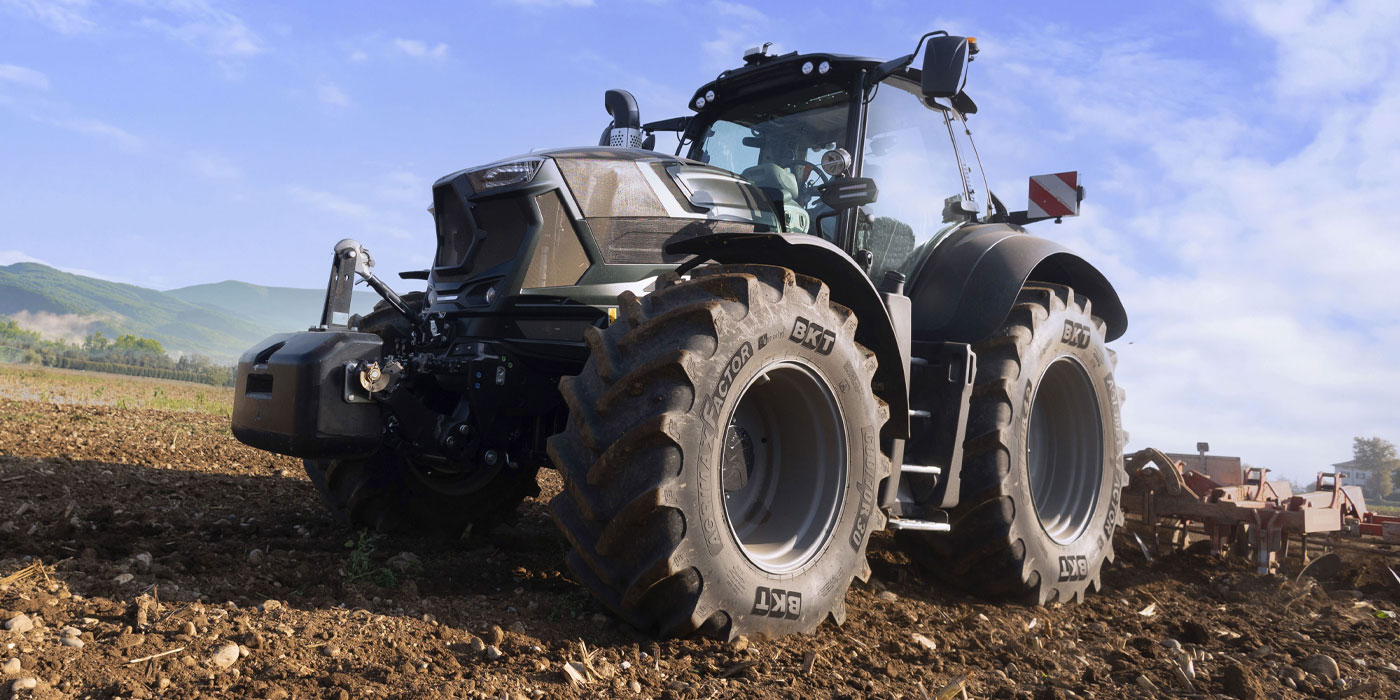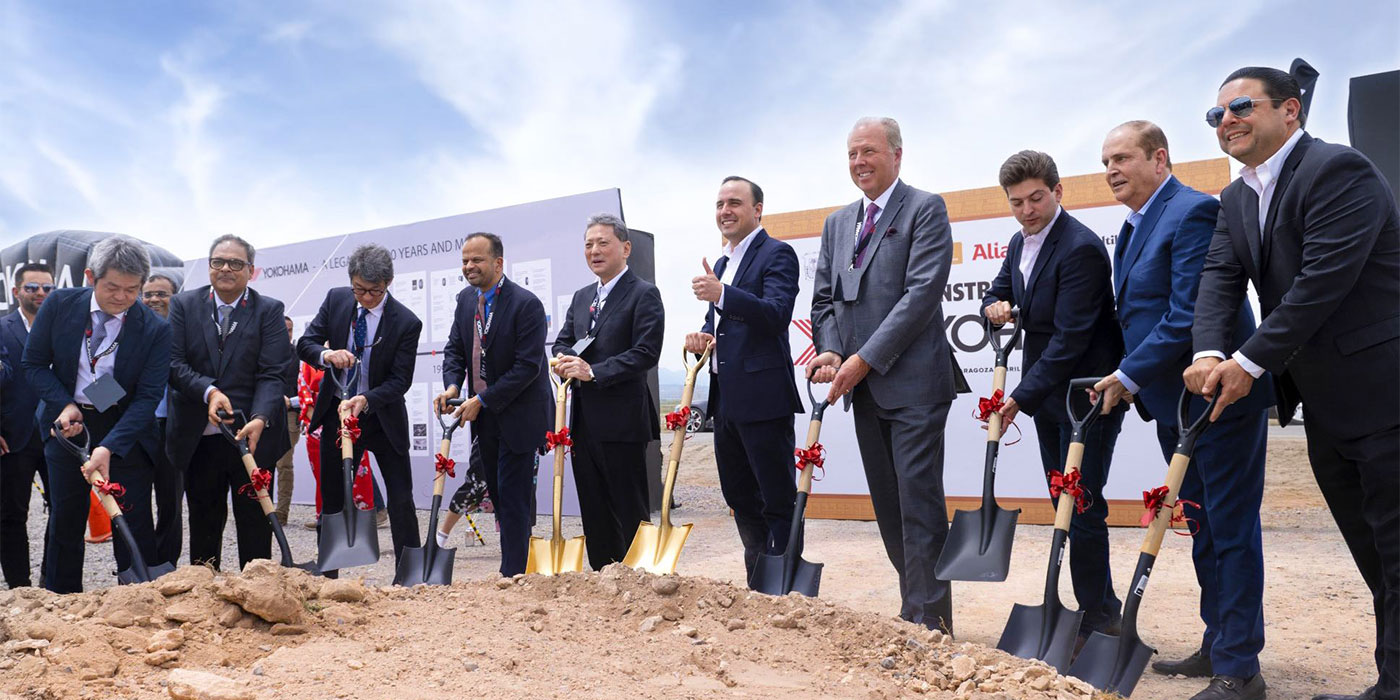The push for electrification and sustainability in the tire industry has ramped up in the last few years – something many folks didn’t see coming this soon. Fifteen years ago, the idea of full electrification by 2035 would raise eyebrows in some auto industry circles. Now, that’s many companies’ sustainability benchmarks.
During this year’s 2023 OTR Tire Conference, BKT USA President Doug Kershaw shared his thoughts on the “quiet revolution” of the electric vehicle space – something he said is having a “domino effect” in the automotive industry. Kershaw explained the pros and cons of electrification in the auto industry, its impact on our infrastructure, and BKT’s vision for sustainability.
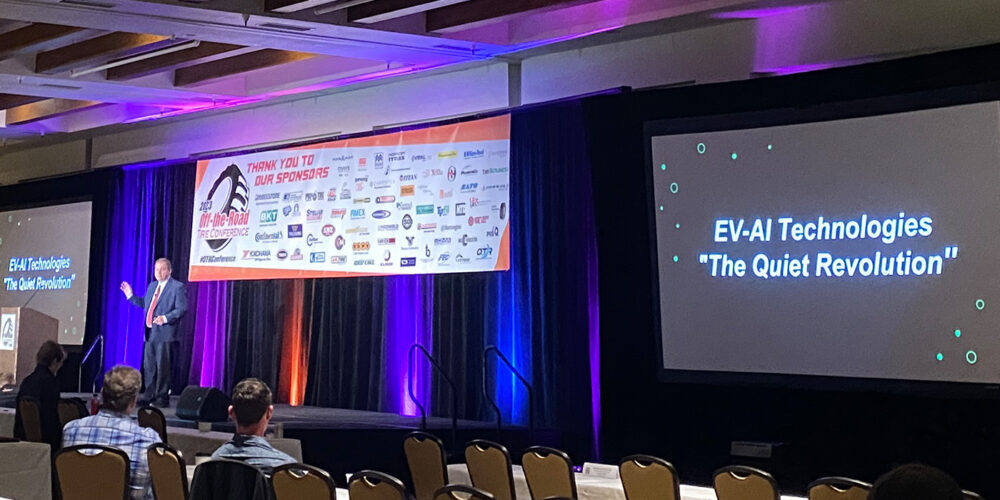
The Why Behind Electrification
Kershaw noted how quickly some of the world’s most smog-filled areas cleaned up during the pandemic. He praised US government efforts since the ’70s, like the Clean Air Act, that helped improve the environment. Though the US made changes in the way emissions and hazardous air pollutants were regulated, Kershaw said there is still much more that can be done, especially in the automotive industry.
Advocacy for electrification in the industry stems from the impact ICE vehicles have on the environment. According to the US Energy Information Administration (EIA), transportation accounts for 29% of all greenhouse gas emissions. The main source of energy for transportation is derived from burning fossil fuels, and 90% of those fuels are petroleum-based, which consists of gasoline and diesel.
“A lot of us have two or three cars, and there are lots of cars and trucks on the road,” he said. “You go to Southern California, you go to any big city, they’re jam-packed. A zero-emission goal is why EVs have become the means. Not only does it work better for the environment, but companies can work safer in emission-restricted areas.”
Concerned the industry is missing the big picture, Kershaw explained that, though EVs will help limit fossil fuels, they won’t eliminate them. In fact, he cited EIA data that lists other major emissions culprits in the US – including US electricity production, which accounts for 28% of all emissions in the US. Kershaw said this percentage would only increase thanks to EVs relying on the electrical grid.
Will Our Infrastructure Hold Up?
Kershaw said the adoption of electric mobility is happening faster than people realize and is set to continue without looking back. According to the IEA, there are currently 6.8 million EVs on the road across the world. This could increase to 66 million by 2040. What will this do to our power grid? Experts fear the US may not have the infrastructure or a grid powerful enough to handle such a big change by 2040.
“Our power grid is the core issue,” he said. “It only operates at about 40% efficiency and, due to its age, a lot of it can’t be integrated with renewable energy [technology], like solar, hydro and windmills. It was also built to rest at night, so if you have millions of EVs you’re charging at your house at night, guess what? You’re not resting the power grid.”
At the current pace, the US electrical grid will be forced to take on more than it can handle, Kershaw said. Take California – according to the US Department of Energy, the state had 563,070 EVs registered in June 2022, the most of any state by far. However, due to a late 2022 heatwave, EV owners were asked to limit charging their vehicles during peak hours (4 p.m. to 9 p.m.) for a week – raising the alarm for those wondering whether our grid can handle such power, Kershaw said.
What will it take to get our infrastructure ready? Citing the EIA, Kershaw said it could take up to $7 trillion to get the power grid in the US where it needs to be, to support EVs at the current pace of growth.
“That’s not taking away the need for fossil fuels,” he said. “That’s just to get the power grid up to snuff.”
One thing Kershaw said to keep in mind is that currently-used lithium-ion batteries haven’t reached optimal capabilities and are still far from being sustainable. All the concerns about charging times, EV impact on our grid and range anxiety may be remedied when someone develops a better battery. Kershaw said this could be done by moving away from lithium.
“The demand will outdo the supply,” Kershaw said. “Lithium is not a sustainable source. We must come up with a different type [of battery]. Not only are they hard to dispose of, toxic and not sustainable, but there’s a limited supply as it is.”
The main concern is not about the quantity of the resource, but rather its accessibility and viability. Kershaw said steps are being taken to limit or eliminate lithium in the production of EV batteries. Lithium-free options include zinc-manganese oxide, organosilicon electrolyte and metal hydrogen-made batteries. He said lithium will still be used in some instances, including in a new lithium-sulfur battery from Tesla that could more than double the range of EVs.
BKT’s Efforts in Sustainability
Kershaw said BKT has prepped for a more sustainable future for years now.
“Everything that we’ve done to be more sustainable, we’ve been doing it for quite a while,” Kershaw said. “This company has been very keen on making sure that we are environmentally and socially responsible.”
Kershaw pointed to the company’s recent 116-page Sustainability Report, as well as BKT’s EV tire for agriculture applications, the Agrimax Factor. This line addressed an electric equipment’s weight with reinforced sidewalls, the extra torque with a stronger bead package and features better rolling resistance thanks to the tread compound.
Kershaw highlighted other BKT sustainability goals, including zero liquid discharge at plants, greenhouse emissions lowered by 25% and all plants powered by solar or wind. So far, BKT has achieved a 14.9% reduction in waste in the last three years, has made sustainable investments in alternative fuel and achieved zero liquid discharge at its Bhuj plant in India. The company also built its own carbon black plant that Kershaw said is 100% energy efficient.
“Here’s what’s cool about it,” he explains. “It used to be powered by coal. But, to make carbon black now we get petrochemical waste material and use that. From there, just like in anything else, you’ve got waste. There is a flue gas that’s produced from the production of carbon black, and we use that instead of coal, to power our plant.”
As far as he’s concerned, Kershaw said just like any innovation, EVs will eventually become the standard.
“When I was in junior high, I remember having a conversation with my science teacher and asked ‘Do you think we’ll ever have a Dick Tracy watch?’ My teacher said, ‘Absolutely not. It’s impossible and a pipe dream. It will never happen.’ Now, not only do we have something on a wrist that does what Dick Tracy did, we have better than a Dick Tracy watch. So don’t say we’ll never do something.”

